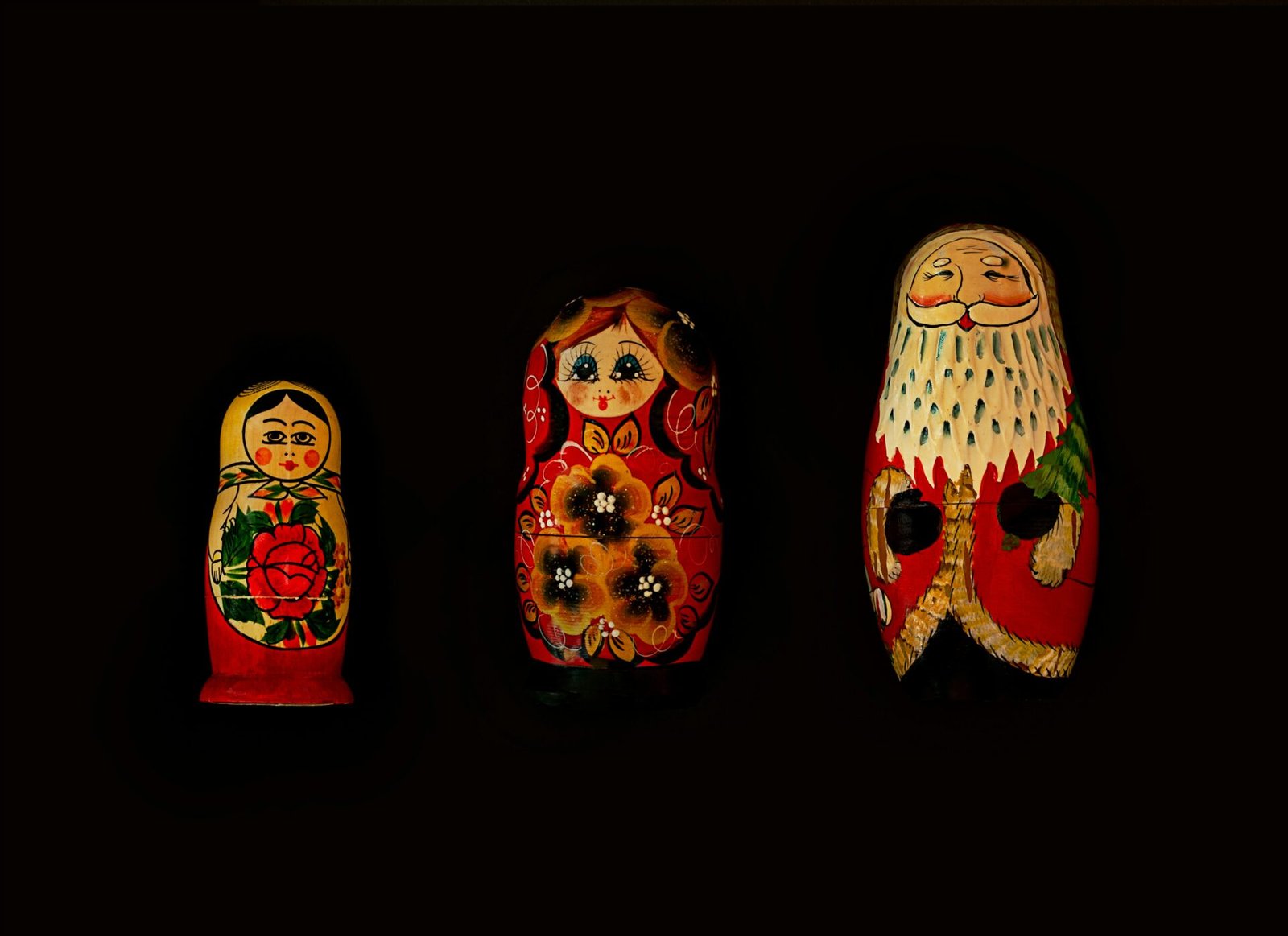As we learn more about each other, and as more communities express their feelings about certain Halloween costumes, we’ve learned that costumes should be chosen with care and consideration. Thanks to advocacy, we’ve given more thought to how cultural items and traditional clothes should not be used as costumes for an entirely unrelated holiday. We don’t want to perpetuate old, tired, and harmful stereotypes about groups of people, many of whom are part of our great communities. Let’s continue to say no to sombreros, hula skirts, kimonos, saris, or anything that is supposedly “Native American” or belongs to a person’s culture and identity. With more respect for each other, we can ensure that Halloween is a holiday that brings us together for partying, trick-or-treating, and good old spooky fun.
With cultural sensitivity in mind, we may feel ready to start planning this year’s costume. However, there’s a large group of people that is often overlooked—and Halloween can be full of triggers for them.
Read: What Does “Triggered” Mean? 3 Trauma Myths Busted
Why are people with mental illness stigmatized on Halloween?
Hollywood and the entertainment industry may be to blame. Some of our favorite horror movies or series often take place in haunted asylums and hospitals. When they don’t, the infamous perpetrators behind the deaths are too often given backgrounds of mental illness. Famous villains like the Joker, with his descent into chaos due to mental disorders, and Harley Quinn, whose transformation from psychiatrist to accomplice highlights the dangers of codependency, are perfect examples of how characters with severe mental illnesses in the media have become spectacles of violence and entertainment.
Now, Batman’s portrayals of asylums and people with mental conditions are not meant to be accurate—they’re created for entertainment and views. But these horror stories perpetuate the harmful idea that those seeking help at clinics or people with mental illnesses are dangerous, violent, or even criminal. This harms real people struggling with mental health conditions and daily challenges that we can hardly imagine.
Movies often fail to show how damaging this kind of portrayal is to people struggling with mental conditions on a day-to-day basis. Despite advocacy against park attractions that use haunted asylums as a theme, we still see costumes portraying people with mental disorders as “insane asylum” patients or “escaped homicidal maniacs” made up of straightjackets and bloody patient outfits. These costumes further feed existing stigmas in our communities about mental illness and make it even harder for those silently struggling to reach out for help, out of fear of being equated with someone “insane” or “violent.”
When we perpetuate public stigmas against people with mental illness, we not only make it harder for them to get the help they need, but we also see an increase of social isolation. People may retreat into themselves, try to self-treat, or even ignore their problems. Stigmas also affect the institutions that are there to help them, instilling fear and shame.
Read: Guide to Building Your Social Support System (And How to Ask for Help)
How can we avoid costumes that stigmatize people with mental illness?
Let’s run through a screening process when choosing a character that doesn’t negatively portray mental disorders. Consider:
- Does the character have a mental health condition?
- Is the character portrayed in a negative or positive light?
- If in a negative light, is it related to their mental illness?
- If the answer is yes, it’s likely not a safe option.
Here are a few safe ideas to explore if you love:
Fantasy or Sci-Fi. There is a wide variety of fantasy beings, sci-fi characters, and real-life iconic celebrities to choose from for Halloween. The possibilities are endless with movies–from selecting a character from your favorite fantasy movie like Frodo Baggins from The Lord of the Rings, to dressing up as a character from Star Wars or Dune.
Celebrities. If you really love a singer or celebrity, there are tasteful ways to pay homage to your favorite singer’s era or signature look. Swifties have been particularly famous for recreating Taylor Swift’s iconic looks from her music videos and previous tours down to the smallest details, which could easily be repurposed for a Taylorverse-based Halloween.
Classics. For lovers of the classics, you can never go wrong with a witch or a vampire. There are so many directions to take with each. Your witch could be terrifying or whimsical and fun. Your vampire could be set in the modern day or any time period of your choosing. Who’s to say there weren’t vampires in the Regency or Victorian times? Don’t be afraid to bust out a Bridgerton-style dress and add some fangs!
Horror. But if you can’t get enough of horror and really want a spooky look for Halloween, before reaching for a bloody nurse, doctor, or patient outfit, let’s think about what’s truly haunting. While fewer than 5% of violent acts can be attributed to people living with a serious mental illness, people with severe mental illness are 10 times more likely to be victims of a violent crime. And stigma only places them at higher risk, because they’re not getting the help they need.
Meanwhile, a ghost could certainly be inclined to want to hurt or scare those around it, and a zombie will definitely crave some flesh or brains. But if you find these costumes a bit old and tired, try some combinations. Maybe you could dress up as a ghost from a period era you fancy—a pirate or Roman centurion—or someone infected by a zombie, slowly turning throughout the night. A haunted doll could also provide you with ample room for creativity without resorting to tropes of “crazy” and “deranged” villains that reinforce stigmas that mental illness is synonymous with evil and violence.
Read: How to Combat Negative Self-Talk with Self-Compassion
Compassion over stereotypes: The importance of seeking help
Due to the fear of being labeled or seen as a danger, many people with mental illness may not seek the help they need despite the many safe and effective treatment options available nowadays. The sooner people can feel safe enough to seek treatment without the shame of stigma, the sooner they can experience some much-needed relief.
Self-treatment is not a sustainable substitute for professional medical advice or treatment when needed. If you’re seeking specialized support in managing anxiety, bipolar disorder, depression, or other conditions in Texas, reach out to us at Austin Anxiety and Trauma Specialists. Book your first appointment with us, and we’ll get you started on your journey to lasting relief. You deserve treatment without judgment or shame. We can help.






